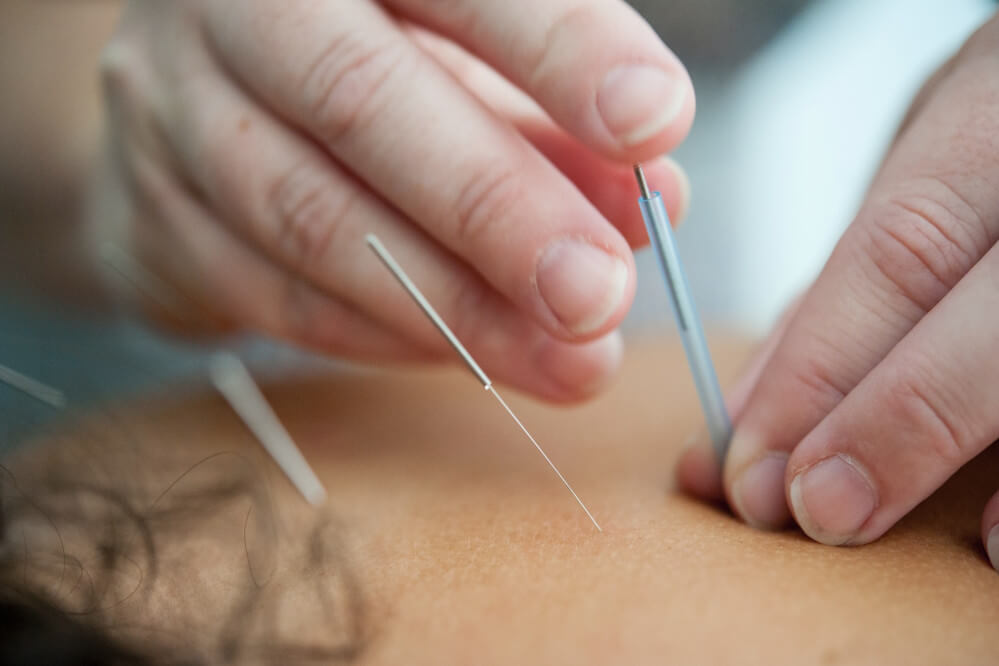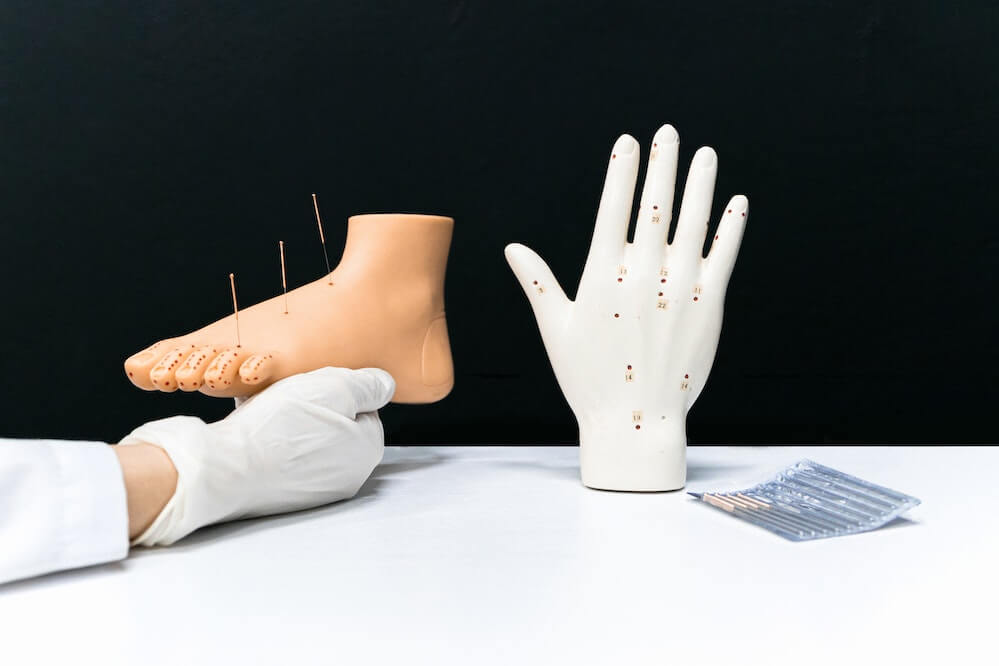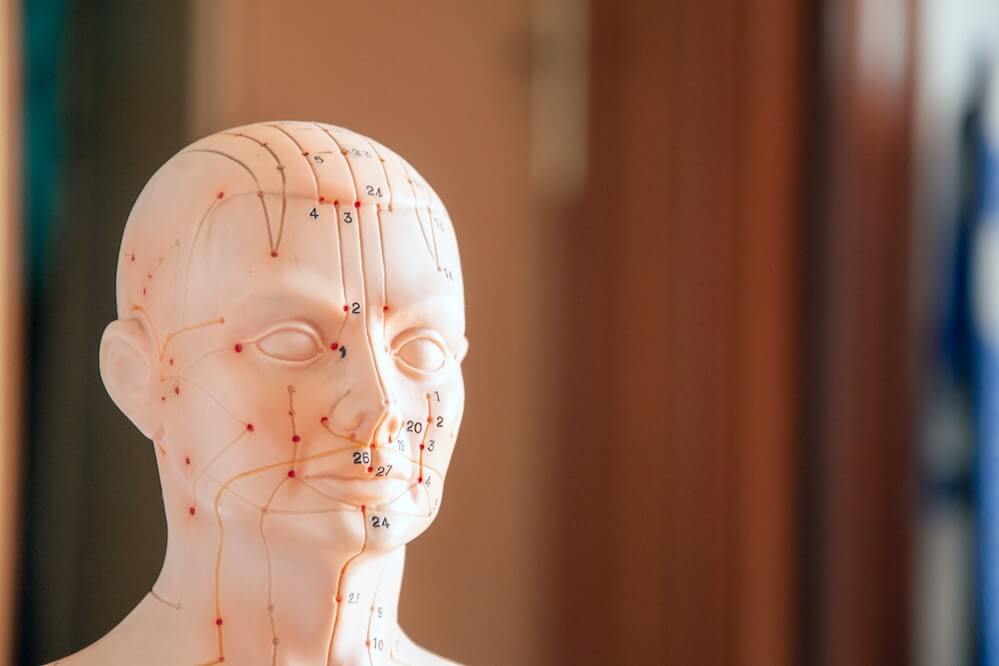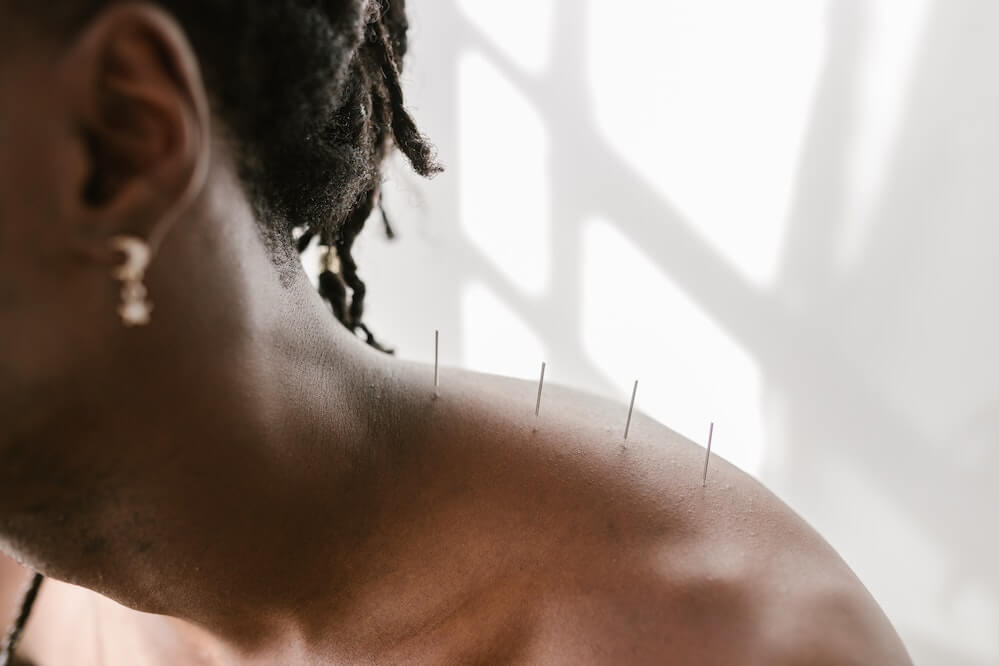With two millennia rich in history, acupuncture is a staple of traditional Chinese medicine (TCM) that spread across the globe, helping people overcome different ailments and manage chronic pain. Acupuncture works through the points spread in the body, which activate specific nerve endings to stimulate a response from the brain.
Considering there are more than 300 acupuncture points in the body, learning more about them can help you understand how acupuncture works, where acupoints are located in the body, and what are the primary meridians, which we’ll cover in this article.
What Is Acupuncture?

Acupuncture is an ancient practice involving skin penetration with thin, metallic needles activated by the gentle and specific movements of the acupuncturist’s hands. The needle placement isn’t random and is done in particular body parts, depending on the condition. Acupuncture is a highly effective practice that can help with various conditions, such as nausea, headaches, dental pain, tennis elbow, myofascial pain, menstrual cramps, addiction, asthma, osteoarthritis, and many more.
How Many Acupuncture Points Are There?

Many traditional Chinese medicine practitioners believe that there are more than 2,000 acupuncture points in the body. Whereas, according to the “A Proposed Standard International Acupuncture Nomenclature Report” by WHO, there are 361 acupuncture points organized into 14 primary meridians. It also identifies eight more meridians with 48 extra acupoints and additional ones in the scalp.
How Can You Locate the Acupuncture Points?
The most common system for identifying acupoints is through the letters of the meridian in which they belong and the number of the location in the meridian. The numbering sequence can begin from the farthest or nearest point to the body center.
The three methods used for locating acupuncture points in the body are:
- The anatomical landmark method: It utilizes anatomical landmarks (fixed and movable landmarks) to locate acupoints. Fixed landmarks refer to the depressions formed by the joints and muscles, fingernails and toenails, the navel, the nipple, counters of the eyes, ears, nose, mouth, etc. In contrast, movable landmarks refer to wrinkles, depressions, gaps, and peaks that appear with the movement of the skin, tendons, joints, and muscles.
- The proportional bone measurement method: This method primarily uses joints to measure the width and length of various body parts by dividing the length between two points of a particular joint into equal portions.
- The finger-cun method: It s mainly used on the lower limbs, and it’s based on the size of the fingers of the patient to verify the standard location of the acupoint.
The 14 Primary Meridians

According to WHO, the 14 primary meridians are:
- Bladder: This meridian contains 67 different acupuncture points on each side of the body. It originates in the eye, goes through the forehead over the top of the head, and then splits just below the headline in the back. One part goes down the shoulder blade to the middle of the low back, and the other goes down to just outside of the spine and continues down the back of the leg ending in the heel.
- Conception Vessel: It involves 24 acupoints, originating just above the middle of the pelvic bone, going up the middle of the body to end just below the lower lip.
- Gallbladder: This meridian encompasses 44 acupoints on each side of the body. It begins in the inner corner of the eye, zigzags across the skull, then goes down the neck across the shoulder, then zigzags across the chest to the abdomen, continuing down to the outside of the leg and foot, ending in the tip of the fourth toe.
- Governing Vessel: It contains 28 different acupoints, originating just above the tailbone and going straight up the middle of the body, over the skull, to the point just above the upper lip.
- Heart: The heart meridian contains nine different acupoints on each side of the body, starting in the armpit and going down to the nearside of the arm, then to the tip of the little finger.
- Kidney: This meridian involves 27 different acupuncture points on each side of the body, beginning in the arch of the foot and up the inside of the left to the side of the midline of the abdomen and chest to the collarbone.
- Large Intestine: It involves 20 different acupuncture points, starting at the tip of the index finger, then going up to the upper side of the arm and continuing to the highest point of the shoulder, then across the collarbone, and continuing up the cheek to the nose.
- Liver: The liver meridian contains 14 different acupoints on each side of the body, and it starts in the great toe, then up the inside of the leg to the groin, and crosses the body to go up to the point just below the nipple.
- Lung: This meridian encompasses 11 different acupuncture points on each side of the body. It begins on the chest near the armpit and continues down to the thumb.
- Pericardium: It involves nine acupoints on each side of the body and runs from the side of the nipple down the arm and to the tip of the middle finger.
- Small Intestine: The small intestine meridian encompasses 19 different acupuncture points on each side of the body; it begins at the tip of the little finger and runs up around the shoulder to the neck, and then continues to the eye and across the ear.
- Spleen: This meridian contains 21 different acupoints on each side of the body. It begins at the tip of the big toe and goes up the leg to the thigh, through the groin, across the abdomen up the ribs to the point on the chest below the armpit.
- Stomach: The stomach meridian contains 45 different acupoints on each side of the body. It begins below the pupil of the eye and goes down the nose to the jaw where it spits; one side going up the scalp and the other down the neck, chest, and abdomen, then through the thigh and continues down to the side of the tip of the second toe.
- Triple Energizer: This meridian involves 23 different acupuncture points on each side of the body, and it originates on the tip of the ring finger, up the arm to the shoulder and ear, then goes across the forehead, down the cheek to the end of the eyebrow.
How Do Acupuncture Points Work?

According to TCM, each acupuncture point communicates with a specific visceral organ (lungs, heart, digestive, reproductive, and excretory system organs). Acupoints become hypersensitive when there are pathological disorders in visceral organs and have a higher electrical conductance; therefore, stimulating them through acupuncture can help relieve pain and produce therapeutic effects.
Wrapping Up
The key reason acupuncture is a highly effective treatment for many conditions is that the many acupuncture points in the body help stimulate various nerve endings and produce pain relief hormones (endorphins). Therefore, it can be a safe alternative to standardized treatments through medications and help relax the body and the mind.
If you’re interested in integrating acupuncture into your daily life, check out our Holistic Wellness Center and learn more about how acupuncture can help reestablish balance within your body.